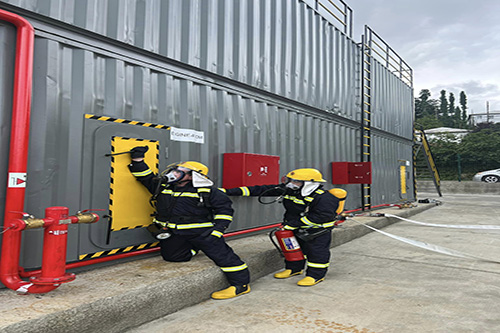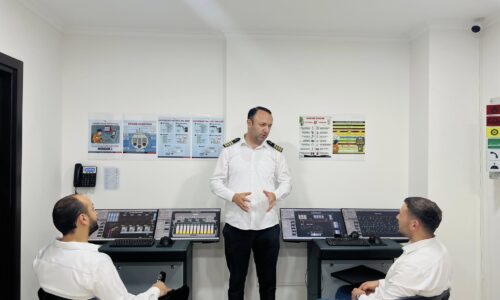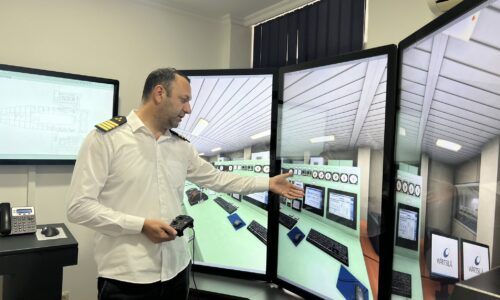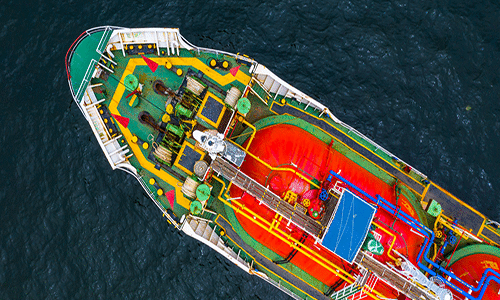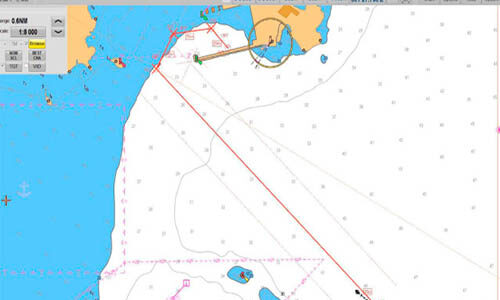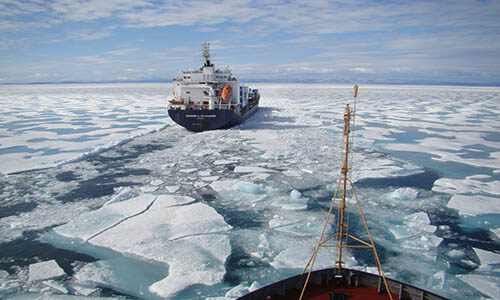Training Program covers the requirements of the STCW Convention.
Passing the Theoretical part of training program, trainee must:
- Have knowledge of firefighting procedures when the ship is in the sea and in the port, focusing on the organization of fire-fighting operations, tactics and management;
- Be aware of how to ensure communication and coordination of activities during the firefighting operation;
- Know how to control the vessel’s ventilation system, including smoke drainage;
- Have knowledge of control over fuel and electric system management during fire;
- Be aware of the fire-fighting measures of hazardous substances;
- Know how to provide assistance and deal with injured persons;
- Have knowledge of procedures for co-operation with coastal firefighters.
Passing the Practical part of training program, trainee must:
- Be able to design fire prevention action plans,
- Be able to draw up and divide the ship’s crew into firefighting units,
- Be able to manage fire extinguishing units independently, make decisions and give orders,
- Be able to handle fire extinguishing equipment effectively and eliminate fires on board,
- Be able to develop a strategy and applicable tactics to control the fire at various places on board,
- Be able to organize, manage search and rescue work,
- Be able to evaluate the causes of the fire.
In order to enter into the presented course, trainee shall represent:
- Certificate of Competency, Education Certificate or Certificate of Proficiency,
- Seamen’s book or Civil passport or ID,
- Medical Certificate or medical certificate form 100 (for coastal water area seafarers’),
- Confirming Certificate of BST,
- The Certificate confirming not less than 3 months sea going practice experience.
| Duration | 30 hours |
| language | English |
| Students | 1-6 |
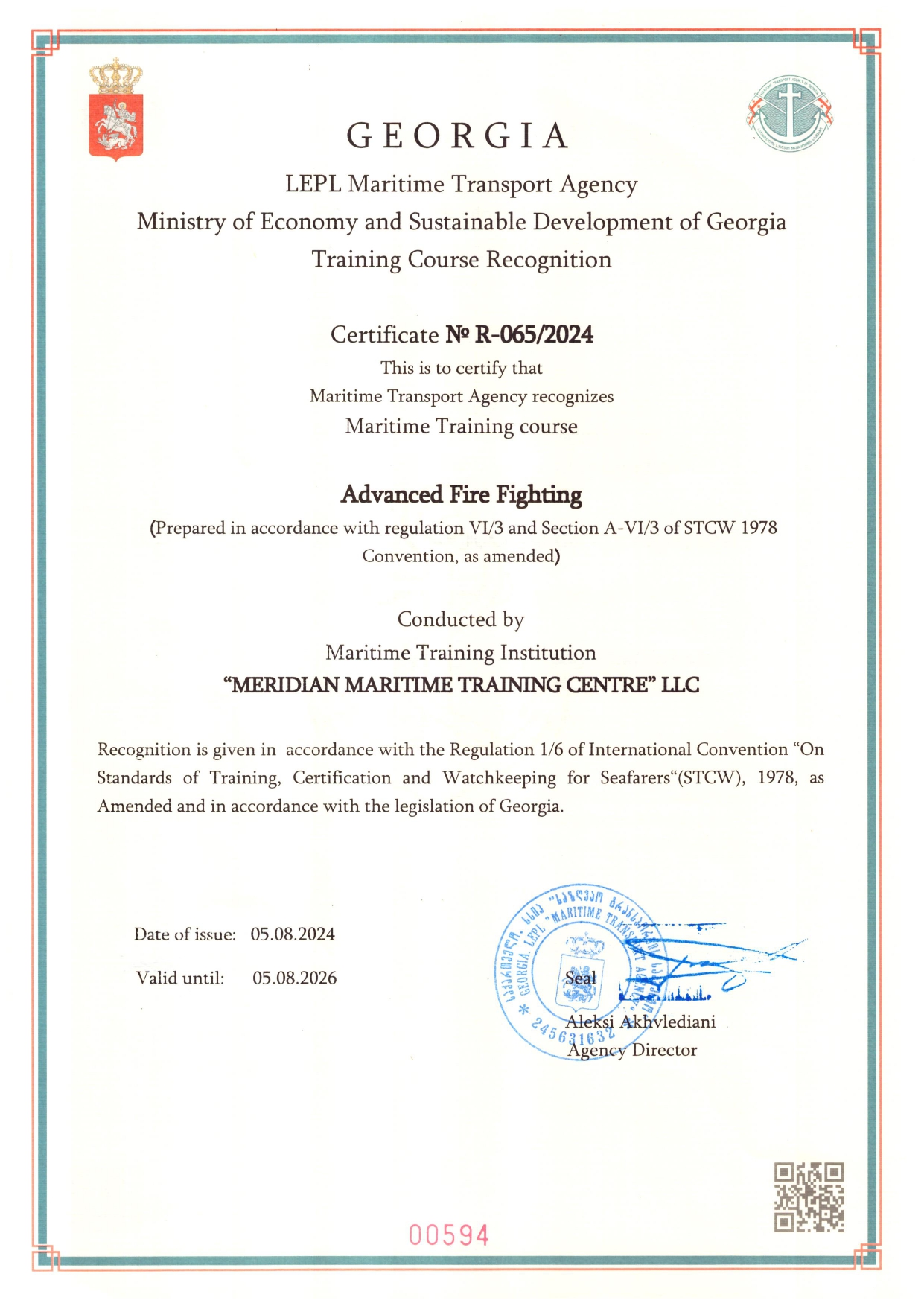
Course Features
- Lecture 0
- Quiz 0
- Duration 3 hours
- Skill level All levels
- Language English
- Students 273
- Assessments Yes


